| | All this wonderful rain, already approaching double our average amount, coming about each week with several sunny days between, is the perfect timing to have it drain deep down into the soil. Deep-watering, indeed! Not stomping around in the garden for the first day after the rain is a great idea to avoid compacting the soil. Then, working in the garden can accomplish several tasks. Weeding The first task is to pull the weeds that have already set flowers and seedheads. You definitely don’t want to let these develop further, or put them into the compost pile, since either of these actions will result in “recycling” them for future gardens. The still-moist soil will ease the task and more assure getting the entire root system out. Harvesting Bolting Lettuce, Spinach, etc. Much of the lettuce, spinach, bok choy, tatsoi, cilantro and parsley that I’d sown last fall and we’ve been eating since has begun to bolt. As each plants begins to elongate, its hormonal changes to setting seed will differ in each plant. Luckily the lettuce plants have been sending up their seed stalks at different times, so we’ve been able to continue eating them just ahead of the time that each goes bitter as its hormones change – although this does require taste-testing a leaf from each plant to make sure it hasn’t gone too bitter. Another cue is the white sap that beads up at the base of the lettuce leaf at the stem. Nothing worse than picking a whole batch of lettuce from many plants, making a salad, and then being startled by that unwelcome too-bitter-to-eat piece! Spinach and bok choy will elongate, but both leaves and stems will remain tender and tasty, even extending to the flowers. Cilantro and parsley will form inedible stalks while the minimal foliage will still be edible. Re-Transplanting and Re-Seeding As spaces appear in the garden beds as a result of harvesting, new seedlings can be transplanted and seeds sown. These plants will provide harvests through late spring when summer heat makes them bolt. Pruning Fruit Trees and Roses Once buds begin to swell, and especially once flowers begin to open and leaf clusters form, it’s very easy to see where to trim. Trim branches to the outer-facing leaf cluster at the length you want. Shortening fruit tree branches to as little as 3 inches and as much as a foot will provide enough blossoms for fruiting and leaves for photosynthesis while keeping the entire plant short enough to always been within reach from the ground. Planting Tomatoes – But No Other Summer Crops Do plant tomato seedlings into well-prepared and enrichened soil. They will do fine withstanding continuing chilly weather. But don’t plant any other warm-weather-loving crops, even if you see them in nurseries. Those other vegetables have been grown in cozy greenhouses and they just don’t adapt to our cold outdoor soil and air temperatures. If you do plant them, they’ll just pout and glare at you, and while they may survive they won’t thrive once the soil and weather warms up. Better to wait at least a month – preferably two months – when warm weather has really settled in, to transplant the first seedlings. Then, they’ll thrive immediately and overtake any you plant now that will struggle and ultimately not thrive. Wait to Seed Warm-Weather Crops The same goes for seeding. Whatever seeds of summer crops you sow now will probably rot because the soil temperature is too cold. If any do germinate, they’ll struggle to grow slowly. Even if you wait to sow in two months, they’ll germinate quickly and grow sturdily. Any gaps that appear can be reseeded, and inside of another couple of weeks those second-seedings will be just as tall and vigorous. Continue Sowing and Transplanting Cool-Weather Lovers So, continue to concentrate on cool-season veggies that thrive now! This includes beets, caraway, celery, carrots, chard, chervil, chives, collards, cilantro (coriander), dill, endive, fennel, garlic, kale, kohlrabi, leeks, lettuces, mustards, green onions, bulb onion sets, parsley, peas, white potatoes, radishes, shallots, spinaches, and turnips. |
|
0 Comments
|
Categories |






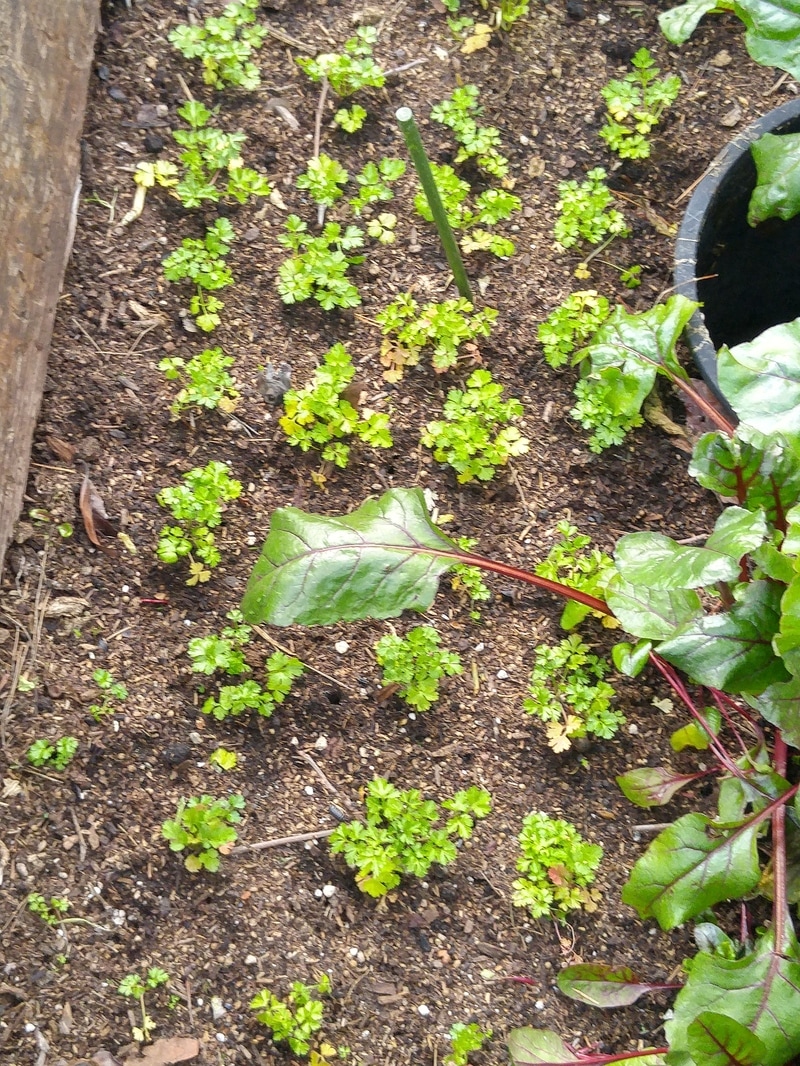





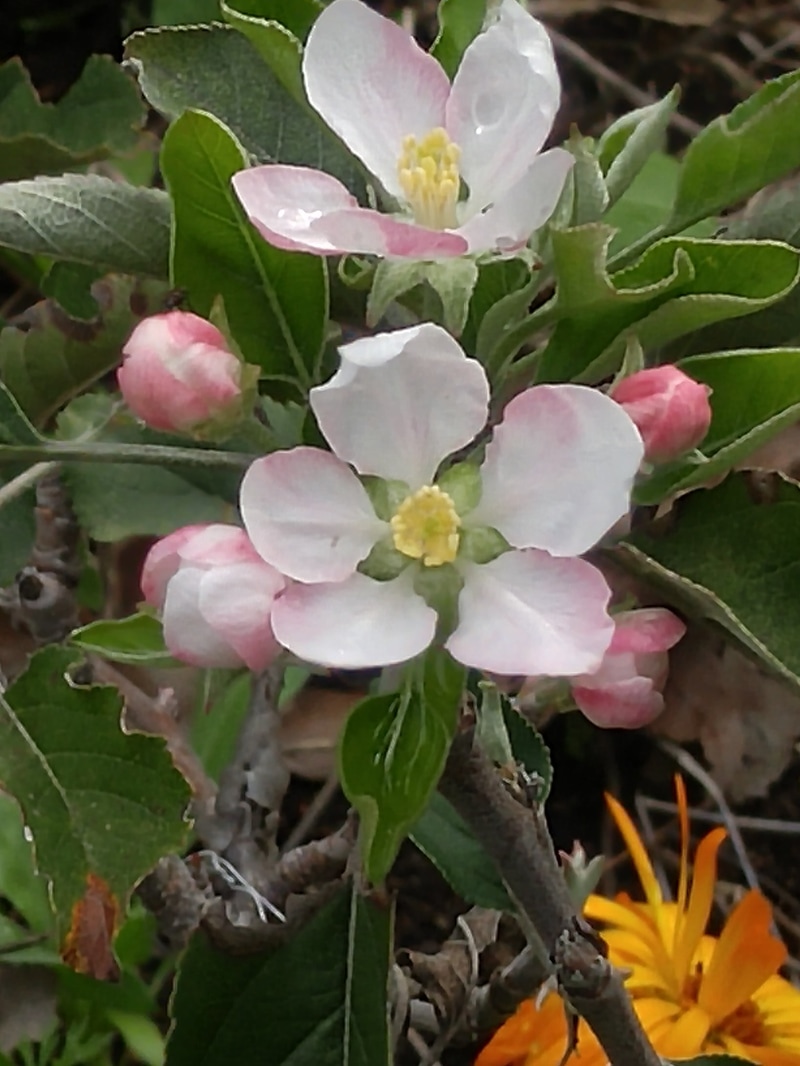

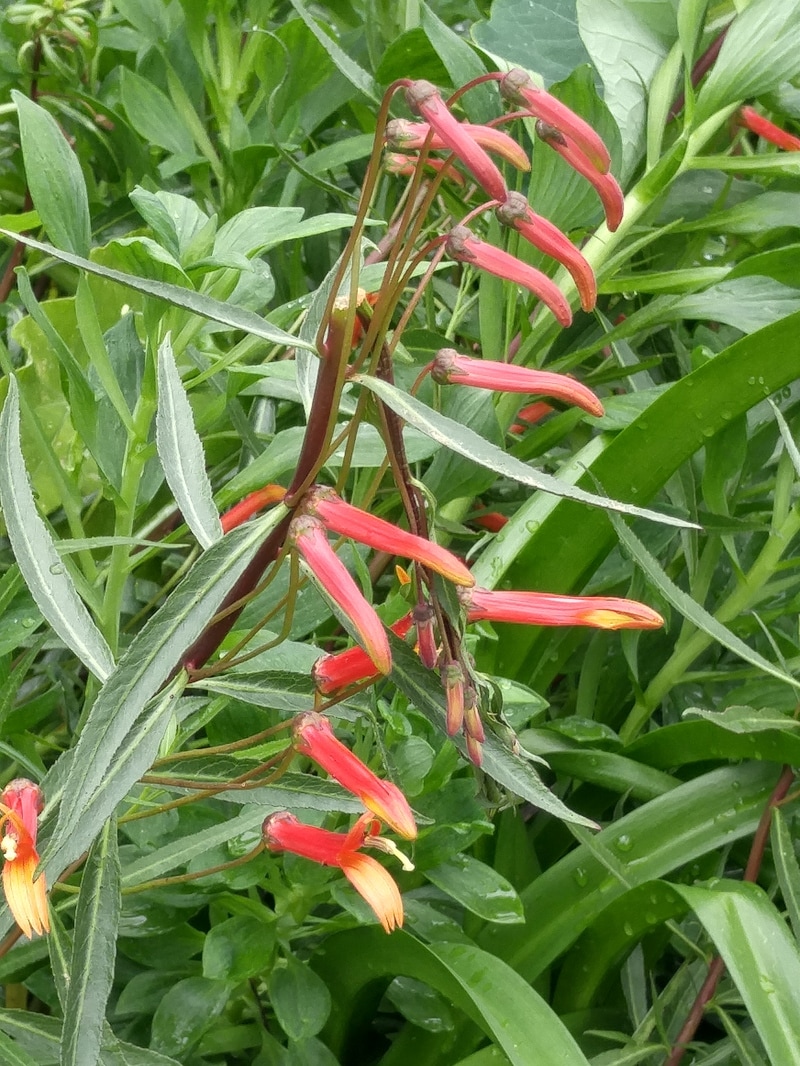






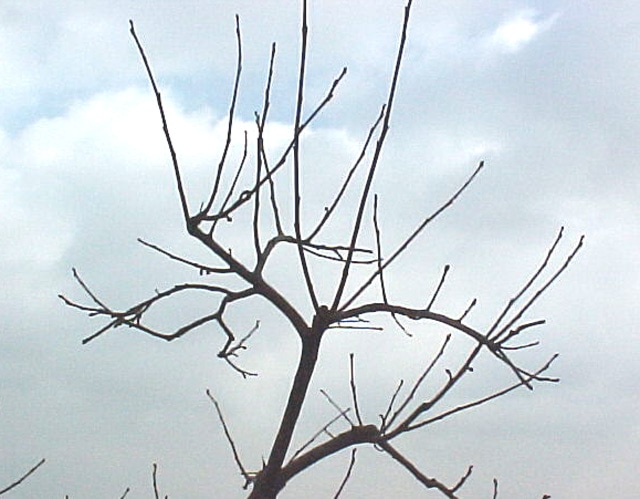





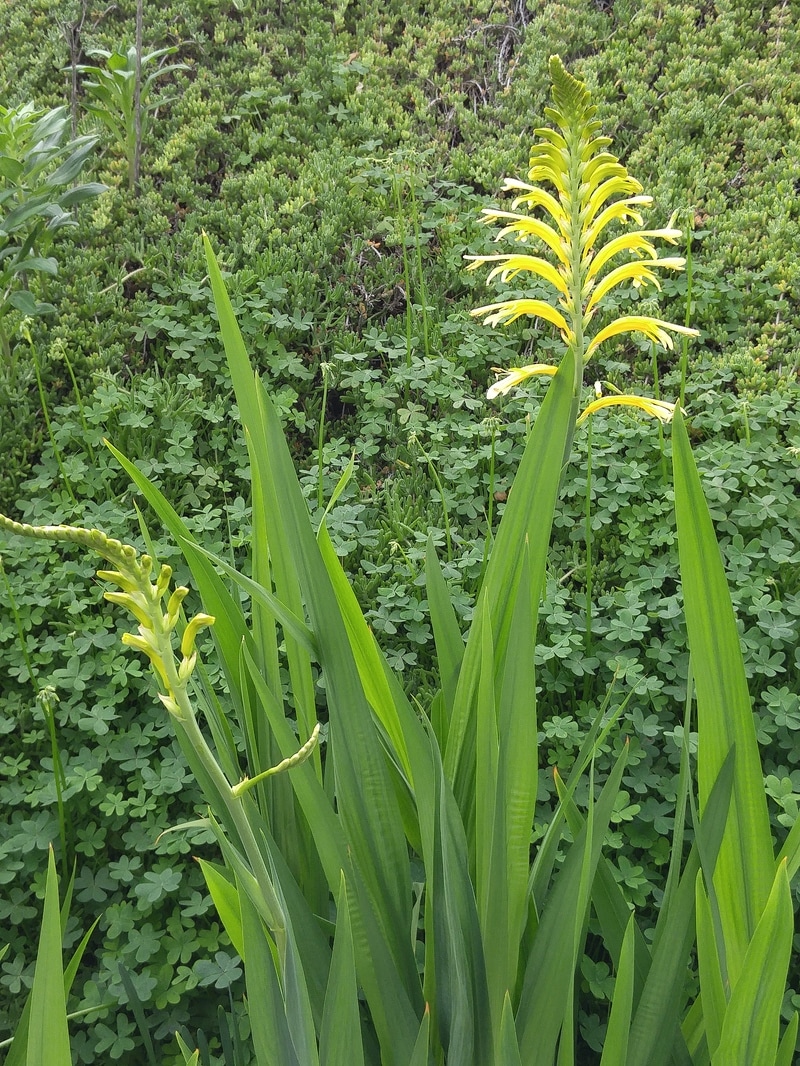

 RSS Feed
RSS Feed